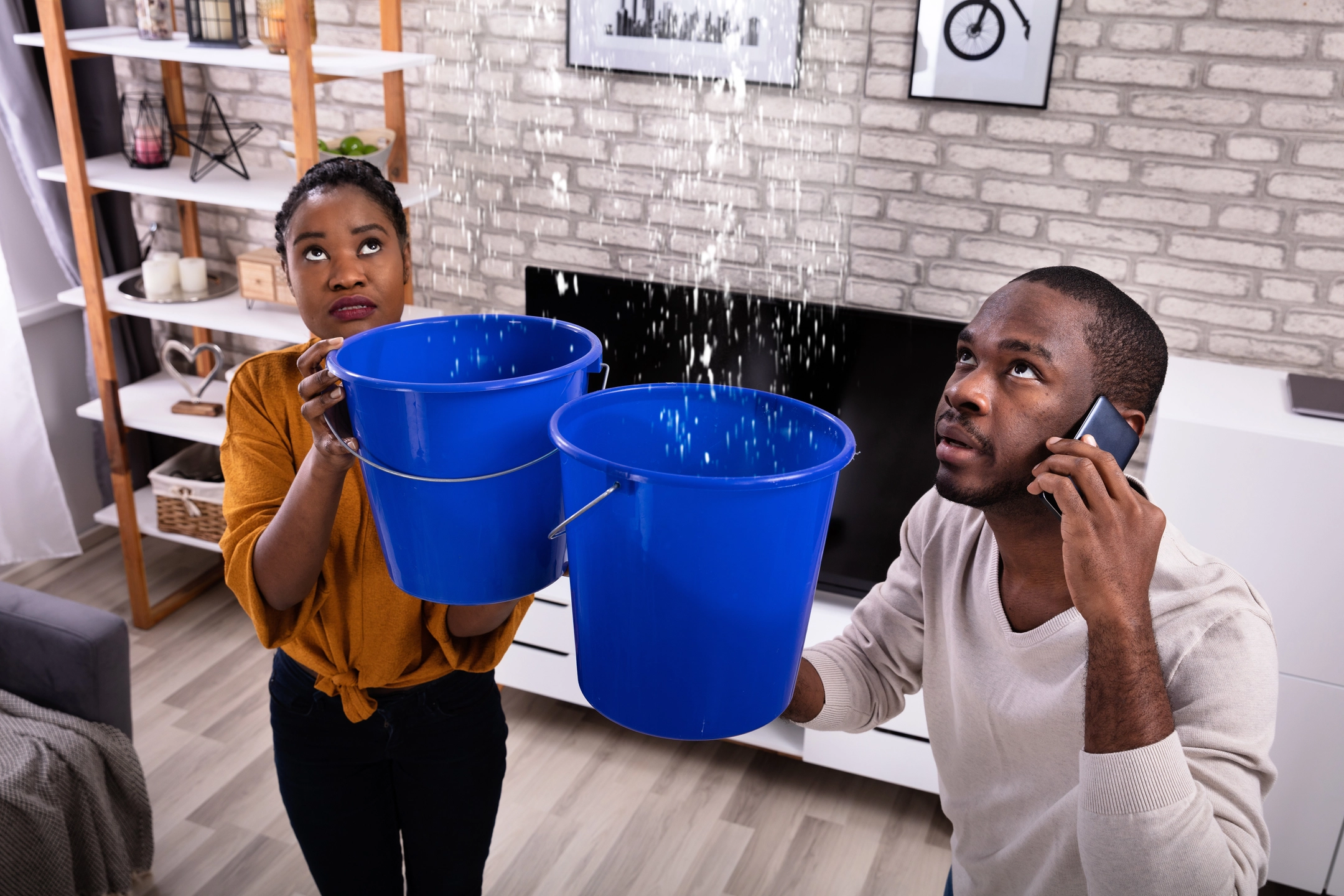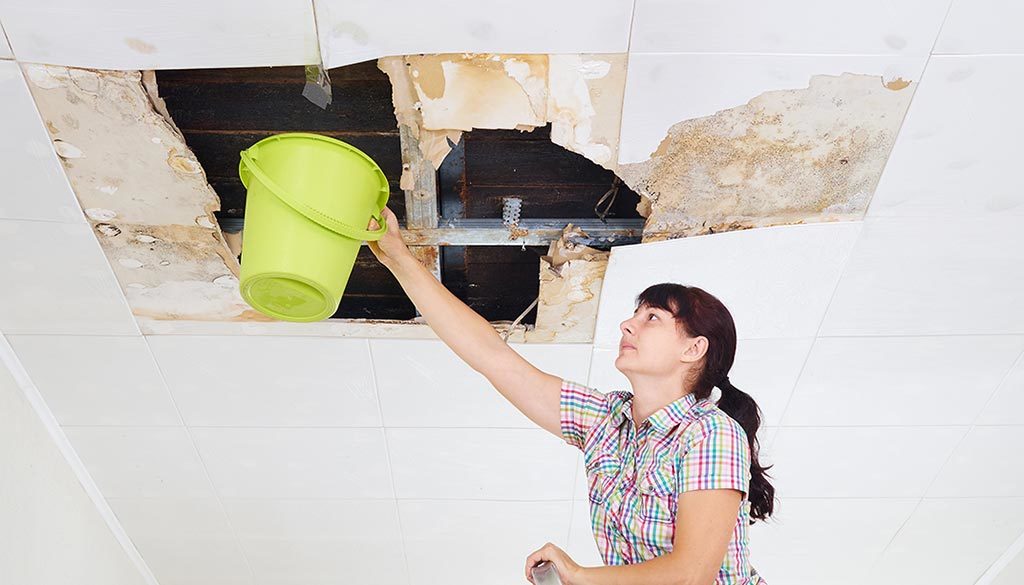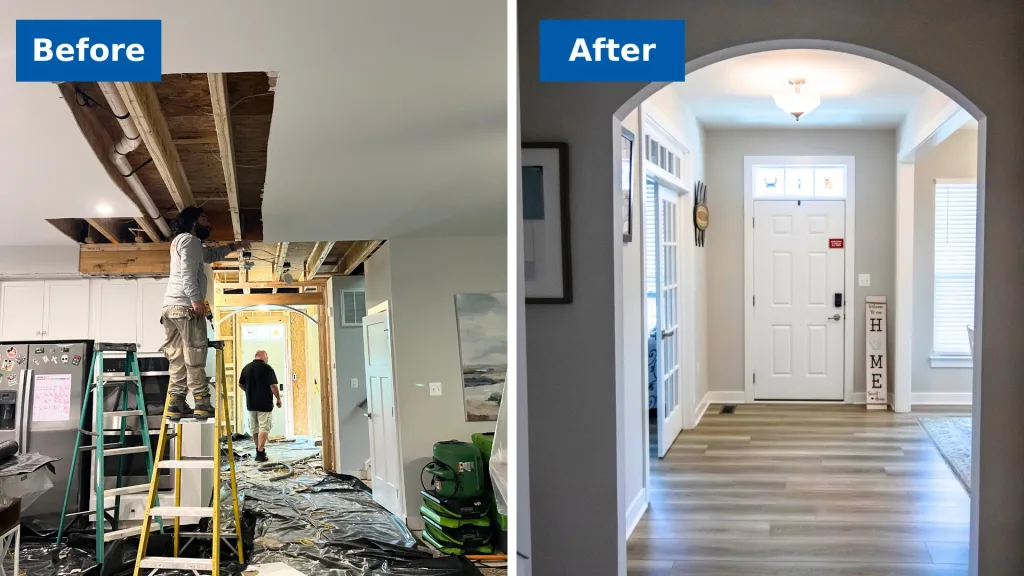7 Key Reasons You Should Never Delay Flood Damage Restoration
Wiki Article
Essential Actions to Adhere To for Reliable Water Damages Restoration in Your Home
When confronted with water damage in your home, knowing the important steps for effective restoration can make all the distinction. You need to examine the damage and assurance safety and security prior to tackling the trouble. Quiting the resource of water is important, but it's just the start. When you've taken care of that, there's a collection of activities you need to require to secure your building from further issues. Let's explore what you ought to do following.Evaluate the Damage
When you discover water damage in your house, the initial step is to analyze the damages completely. Start by recognizing the source of the water breach. Look for leakages, ruptured pipelines, or other issues creating the trouble. Next, take a look at the influenced areas for visible indications of damage, consisting of bending, staining, or mold and mildew development. Don't fail to remember to search in surprise spots like behind walls or under flooring, as water can seep into these areas unnoticed.Document the damage by taking clear pictures and notes. When reviewing the scenario with your insurance policy provider or repair specialists, this will certainly assist you. Take note of the kind of products affected, as different materials require various reconstruction methods. Lastly, examine the degree of the damage. Is it small or comprehensive? Comprehending the extent will certainly direct you in deciding whether to handle it on your own or call in the experts for a more extensive repair process.
Guarantee Security
Prior to you start any type of repair job, ensuring your safety and security is crucial. Assess the condition of your home. If the water's deep or if you discover electric risks, do not go into the area. Transform off the electrical power and gas supply to stop accidents. Wear safety gear like gloves, boots, and masks to shield yourself from pollutants or mold.It's important to stay familiar with your surroundings; expect unsafe surface areas and sharp items. If the water is from a sewage back-up, treat it as harmful waste. Maintain pet dogs and kids away from impacted areas to prevent exposure.Once you have actually taken these safety measures, you can proceed with the restoration process. Bear in mind, your safety and security precedes, and if you're ever uncertain, it's best to speak with a specialist. Taking these actions will aid ensure you prepare to take on the repair securely and effectively.Quit the Source of Water
After guaranteeing your security, the next action is to stop the source of water. Identify where the leakage is coming from. Maybe a burst pipe, a defective device, or perhaps hefty rainwater entering through a damaged roof. Transform off the main water supply to your home to protect against further flooding if it's a pipes concern. For appliances, unplug them and turn off their supply of water valves.If the resource is outside, like rainwater, attempt to divert it away from your home utilizing sandbags or other barriers. For small leakages, you may be able to utilize tape or a sealer temporarily up until a specialist can fix it. Bear in mind, dealing with the resource quickly is necessary to lessening damages and preventing mold development. Once you've quit the water, you'll remain in a better position to proceed to the next action in the reconstruction procedure.
Remove Excess Water
Act quickly to get rid of excess water, as standing water can cause more considerable damage and mold and mildew growth. Initially, gather your devices: a wet/dry vacuum, pails, and towels. You can use towels to saturate up the wetness if the water is shallow. For much deeper water, a wet/dry vacuum is your best choice. See to it to empty the vacuum regularly to avoid overflow.If the water is infected, like from a sewage backup, put on protective gear, including masks and gloves, to maintain yourself risk-free. As soon as you have actually removed as much water as possible, look for hidden pockets of wetness in edges and under furnishings, as these can harbor mold.Don' t fail to remember to shut off electrical devices and power electrical outlets in wet areas to avoid hazards. This initial step is important in minimizing damage and setting the phase for an effective restoration process.Dry and Dehumidify the Area
When you have actually removed the excess water, it's important to dry and dehumidify the area completely. Begin by utilizing dehumidifiers properly to draw dampness out of the air and prevent mold development. Keep an eye on humidity degrees to assure the room dries out entirely.Get Rid Of Standing Water
To properly take on water damage, you need to concentrate on getting rid of standing water as promptly as possible. Start by gathering necessary tools, like a wet/dry vacuum cleaner or a pump, depending on the volume of water. If the water is superficial, a vacuum should do the method. For bigger amounts, a pump is more reliable. While functioning, ensure to wear safety gear to maintain yourself safe from pollutants. As you remove the water, take note of hidden areas like under furnishings or in edges where water may accumulate. Your area will start to dry out as soon as you've gotten rid of the majority. This action is essential, as lingering water can cause mold and mildew growth and extra extensive damages.Usage Dehumidifiers Effectively
Just how can you successfully utilize dehumidifiers to dry and dehumidify your room? Beginning by positioning your dehumidifier in the most damaged location, ideally where water damages is most serious. See to it to close all doors and home windows to produce a covered setting. Turn on the dehumidifier and established it to the ideal moisture degree, typically around 30-50%. Vacant the water collection container click resources often, or take into consideration using a version with a constant drain alternative for convenience. If possible, utilize followers to enhance air movement, aiding the dehumidifier work much more successfully. Keep the dehumidifier running up until you're confident that the area is completely dried, avoiding mold and mildew growth and additional damage (Water Damage Restoration St George UT). This step is vital for efficient water damages remediationDisplay Moisture Levels
Monitoring moisture degrees is essential during the drying out procedure, as it aids guarantee your area remains devoid of excess moisture. Buy a dependable hygrometer to track humidity precisely. Preferably, you wish to maintain levels between 30% and 50%. You may need to adjust your fans or dehumidifiers to boost airflow if humidity analyses rise above this variety. Examine the readings on a regular basis, specifically in locations vulnerable to dampness, like bathrooms or cellars. If you observe consistent high humidity, consider increasing ventilation or making use of additional dehumidifiers. Staying on top of these levels not only speeds up the drying out procedure however also prevents mold and mildew development, ensuring your home stays risk-free and comfortable.Clean and Disinfect Affected Surfaces

Bring back and Fix Your Home
After cleansing and sanitizing the affected locations, it's time to restore and fix your home. Begin by examining the damage. Check for structural issues, like damaged floors or walls, and attend to any required repair services. Changing harmed drywall or flooring is crucial for both appearances and safety.If your furnishings or possessions were influenced, take into consideration whether they can be restored or need replacement. Clean or skillfully recover products where possible.Next, touch and repaint walls up any type of locations that need attention. This not only boosts look however also protects surface areas from future water damage.Don' t forget to check your pipes and home appliances for leakages, ensuring everything's functioning correctly. Finally, think about mounting a dehumidifier to avoid future wetness issues. By taking these actions, you'll recover your home to its former glory and produce a more secure living environment.Regularly Asked Questions
The Length Of Time Does Water Damage Repair Normally Take?
Water damages reconstruction generally takes anywhere from a couple of days to a number of weeks, depending on the level of the damage (Flood Damage Restoration). You'll intend to analyze the circumstance promptly to minimize additional issues and ensure appropriate restorationWill My Insurance Cover Water Damage Remediation Expenses?
Your insurance may cover water damage remediation prices, but it depends upon your useful link policy. Inspect your insurance coverage details and contact your insurance representative to clarify what's consisted of and what you require to sue.
Can I Take Care Of Water Damages Reconstruction Myself?
You can manage water damages repair yourself, however it's important to evaluate the circumstance. You could want to call experts if it's comprehensive. Constantly focus on safety and security and ensure you've obtained visit here the right tools.What Are the Signs of Hidden Water Damages?
You may discover indicators of surprise water damage like deformed walls, mildewy odors, or staining. If your floorings feel spongy or you spot mold and mildew, it's time to explore additionally before the scenario gets worse.Just How Can I Protect Against Future Water Damages in My Home?
To stop future water damage in your house, you ought to routinely check pipes, seal splits, keep seamless gutters, and assurance proper drainage. Installing a sump pump and dampness obstacles can likewise help maintain your area dry. When you find water damages in your home, the initial action is to analyze the damages extensively. Act rapidly to get rid of excess water, as standing water can lead to more extensive damage and mold growth. To properly take on water damage, you require to concentrate on getting rid of standing water as swiftly as feasible. As you eliminate the water, pay focus to hidden locations like under furnishings or in corners where water could collect. Water damage remediation usually takes anywhere from a few days to several weeks, depending on the degree of the damages.Report this wiki page